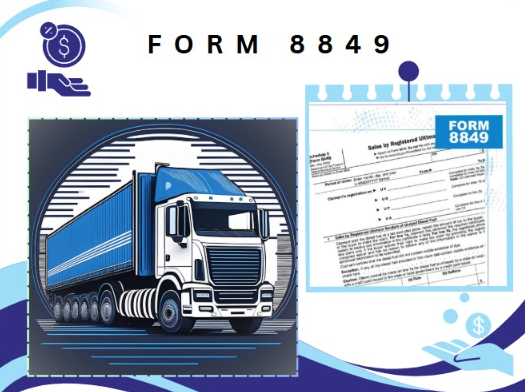If you own a heavy vehicle and it hits the road in the U.S., there’s a form that rides shotgun with you whether you like it or not. It’s called Form 2290, and it’s not just another tax document - it’s a mandatory pass to stay legally loaded and rolling on America’s highways.
What Is Form 2290?
Form 2290, officially known as the Heavy Vehicle Use Tax Return, is required by the IRS for vehicles with a gross weight of 55,000 pounds or more. This includes most semi-trucks, tractors, and buses. If your vehicle travels over 5,000 miles annually (7,500 for farm vehicles), you're required to pay this tax.
Think of it as your annual road usage fee. Without it, you’re not getting your tags, and without those tags, your truck’s staying parked.
When to File Form 2290
The tax period runs from July 1 to June 30 each year. If your truck hits the road in July, the deadline is August 31. Miss that, and you could face penalties, interest, and headaches.
If you put a new vehicle in service mid-year, you must file by the end of the month following the month of first use.
Filing Methods: Paper vs. Electronic
You can still use a printable Form 2290 and mail it to the IRS, but for most truckers, e-filing is the way to go—especially if you’re reporting 25 or more vehicles, which is required to be e-filed.
The benefits of e-filing include:
-
Faster processing (usually within 24 hours)
-
Immediate access to your Stamped Schedule 1
-
Email notifications and digital records
Form 2290 Schedule 1: Your Proof of Payment
Once your 2290 is filed and the tax is paid, the IRS sends back a stamped Schedule 1, also known as your 2290 proof of payment. You’ll need this to:
-
Register your vehicle with the DMV
-
Renew IRP plates
-
Cross certain state lines
Lost your Schedule 1? You’re not the first. You can get a copy of your paid 2290 by contacting the IRS or retrieving it from your e-file provider.
2290 Exemption Form: Are You Off the Hook?
Some vehicles are exempt from the 2290 tax, such as:
-
Vehicles used under 5,000 miles annually (7,500 for agricultural)
-
Government vehicles
-
Blood collection vehicles
-
Certain nonprofit-use vehicles
In these cases, you still file Form 2290 but claim “suspended vehicle” status.
Where Simple Meets Smart: My Run-In with Simple 2290
A few summers ago, I was pulled over outside of Tulsa. The officer asked for my Schedule 1. I reached into my glove box - and found only empty coffee stirrers and expired insurance papers. My 2290 proof of payment was somewhere buried in my inbox from six months ago.
I made a pit stop, found a Wi-Fi signal, and stumbled onto Simple 2290. I’d never heard of it before. I’d used clunky government websites and shady e-file services, but this one felt. well, simple. No jargon. No ten-step forms.
I refiled my 2290, got a clean Stamped Schedule 1 in under an hour, and printed it at a truck stop kiosk. It saved my week.
Now, every July, I sit down with a coffee, log into Simple 2290, and take care of my filing. No stress. No forms blowing around the cab. Just me, my laptop, and peace of mind.
Why I Stuck with Simple 2290
-
Quick e-filing
-
Immediate Schedule 1
-
Free reprints (when I misplace things - again)
-
Friendly support that doesn’t feel like you're calling the IRS
If you're still filing Form 2290 the hard way, trust me - there's an easier road. You’ve already got enough on your freight schedules, and tire pressure. Let Simple 2290 take this one off your mind.














